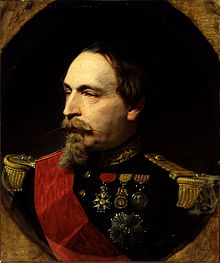 Hailing from the underground scene in Monterrey, Mexico, and registered in the new wave of MCs, Nina Dioz is a snowball that has been growing in recent years. She quickly began to establish her stage name nationally and internationally.
Hailing from the underground scene in Monterrey, Mexico, and registered in the new wave of MCs, Nina Dioz is a snowball that has been growing in recent years. She quickly began to establish her stage name nationally and internationally.
In November 2007 she launched into the spotlight with their debut EP entitled “Pacemaker,” with 7 tracks among which is their hit “When, When” which was very well received by people and the media in general. A few weeks after the release of this EP, “When, When” started playing on the radio, being among the best songs of the year of Reactor 105.7 FM.
Being a single detached from an independent release hip-hop genre, this was a great achievement for the young rappera. “Pacemaker” also bore fruit in 2008, when Nina Dioz nominated for the Indie-O Music Awards in the category “Best Album of Hip-Hop.“In addition, in May this year was selected by Nike as the only Mexican artist in the international presentation of Nike Sportswear in Beijing, China.
Nina Dioz is a young girl that wastes no energy on stage and transmits a huge passion for music. She has opened for many national and international artists, and has also shared the stage with many others such as; The Chojin, Tote King, Cartel de Santa, National Sonidero, Plastilina Mosh, Hello Seahorse, Molotov, Mexican Institute of Sound, Julieta Venegaz, Anita Tijoux, Natalia Lafourcade, Ghostface Killa, Beatnuts and Groove Armada are just a few examples. Her performances earned her stellar reviews including one from the Los Angeles Times, who called her “… Mexico’s answer to colossal artists like MIA and Lady Sovereign …”.
Niña Dioz – Lo Quiero Matar
https://www.youtube.com/watch?v=fzdH0HMuAsM
Niña Dioz – Prefiero el Asfalto
https://www.youtube.com/watch?v=pXY__-_9jpA
Niña Dioz Nadie como tu

 This is what Hip Hop is ideally about..People coming together, building community and making a strong statement in the name of humanity..
This is what Hip Hop is ideally about..People coming together, building community and making a strong statement in the name of humanity..

